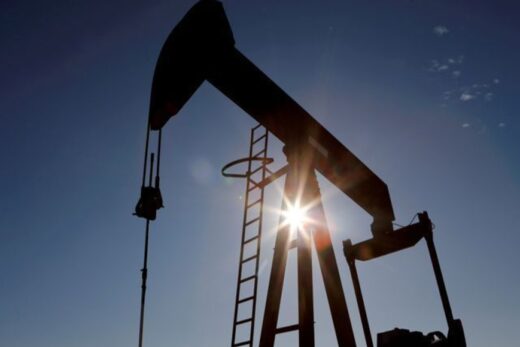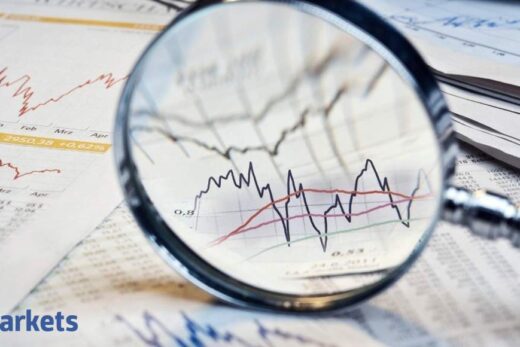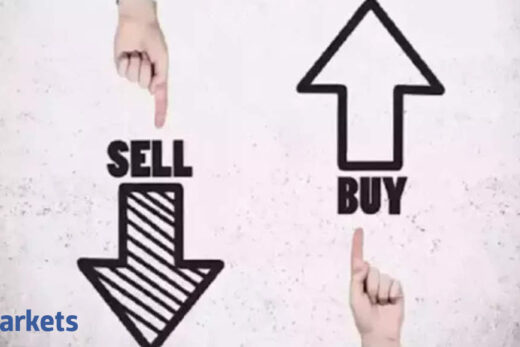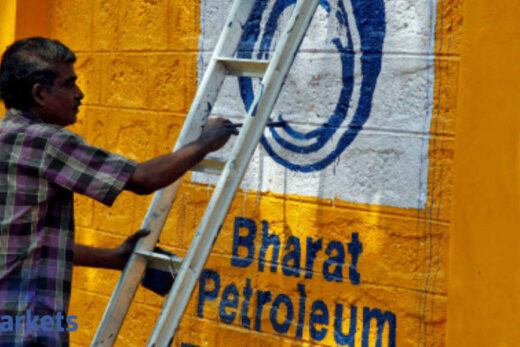The Saudi Arabian state-controlled firm created a new team to review its assets last year, soon after the coronavirus pandemic triggered a plunge in energy prices and strained its balance sheet. Aramco raised $12.4 billion by selling leasing rights over oil pipelines to a U.S.-led group of investors in April.
The sales will continue in the next few years, according to Abdulaziz Al Gudaimi, senior vice president for corporate development.
They will happen “irrespective of any market conditions” and Aramco aims to generate “double-digit billions of dollars,” Al Gudaimi said in an interview. “It’s a strategy meant to create value and create efficiency, it’s not about a specific capital target or financing the dividends of the company.”
Second Deal
The comments are the first from Gudaimi since he was appointed last August to lead a new team that focuses on “portfolio optimization” and reports to Chief Executive Officer Amin Nasser. The company is reviewing what other infrastructure can be monetized and will start seeking investors for a second deal soon, Al Gudaimi said, without commenting further.
After being almost entirely closed off to foreign portfolio and private-equity investors since it was fully nationalized in the 1980s, Aramco is increasingly courting outside capital. It sold a debut international bond in 2019 to help fund a $70 billion acquisition of Saudi Basic Industries Corp., a chemicals maker. That was followed later the same year by an initial public offering in Riyadh, which raised almost $30 billion but failed to attract as much interest from international money managers as Crown Prince Mohammed bin Salman was hoping.
Aramco is planning to sell a stake linked to its natural-gas pipelines, Bloomberg has reported. It has subsidiaries and units involved in several other industries. They include power plants, an aviation company, a real-estate arm and an insurance firm.
Big Spender
Proceeds from the oil-pipelines deal and others will be used for “future growth projects,” he said. “We will continue unlocking value from our assets.”
The asset review was planned before oil’s drop in 2020, Al-Gudaimi said.
Aramco has substantial spending plans, even as it tries to cut its debts and ensure it can keep paying $75 billion in annual dividends, almost all of which go to the Saudi government.
Capital expenditure will probably rise by a quarter this year to $35 billion. Over the longer term, it plans to spend $110 billion developing the Jafurah gas field and an additional amount to boost its daily oil-production capacity to 13 million barrels from 12 million.
Gearing, a measure of debt to equity, has risen to 23%, above the company’s target of between 5% and 15%, after the company borrowed to pay for the Sabic acquisition and following last year’s collapse in earnings.
The transaction for the oil pipelines brought in investors from the United Arab Emirates, South Korea and China as well as the U.S. It was more than twice the value of all the foreign direct investment in the kingdom in 2020.
Learning from Others
Al Gudaimi declined to comment on a separate strategic review of Aramco’s upstream business. It’s a move that could potentially bring external investors into some oil and gas fields, people with knowledge of the matter told Bloomberg in April.
Aramco’s effort to sell and leverage assets mirrors those of other state energy firms in the Persian Gulf. Qatar Petroleum sold a $12.5 billion bond — its first in dollars in 15 years — last month. Oman’s OQ SAOC also issued a debut international bond and is considering an IPO, Bloomberg has reported. And since June last year, firms including U.S. private-equity giant Apollo Global Management Inc. have invested about $15 billion in Abu Dhabi National Oil Co.’s pipelines and property. Adnoc is also looking to list its drilling and fertilizer units.
“All the major international oil companies have gone through a process of portfolio optimization, so we can learn from all of them,” Al Gudaimi said.



